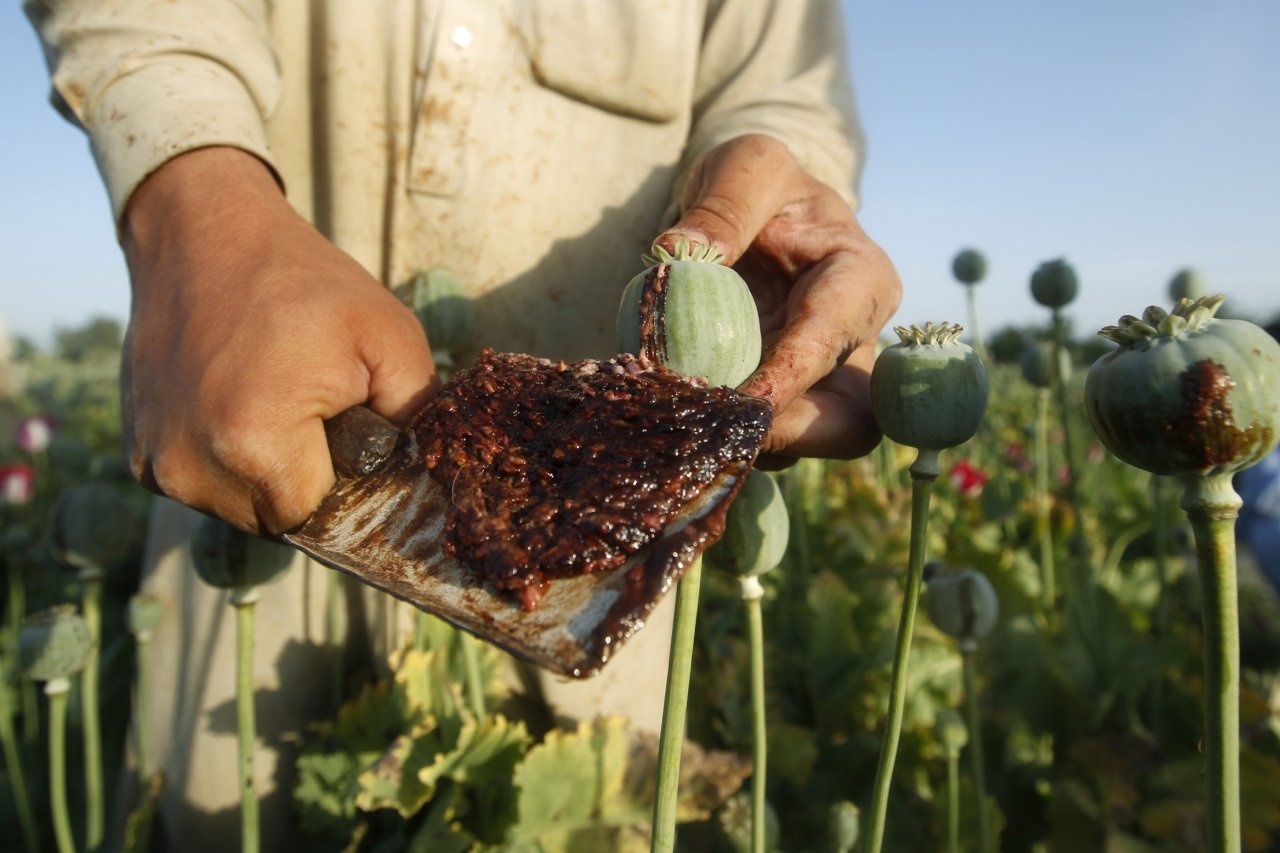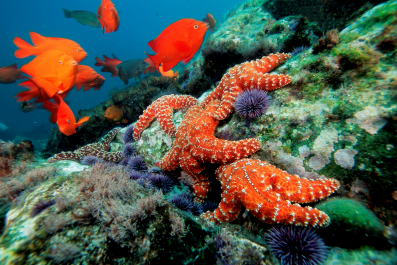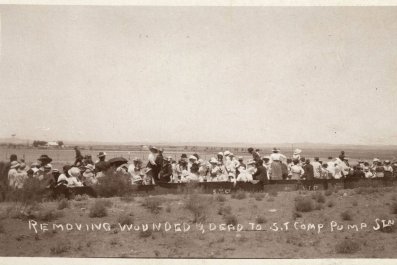Tell your friends you're tossing yeast into a fermenting vat and they'll probably think you're putting the finishing touches on a new batch of beer. But one group of scientists, led by Christina Smolke, assistant professor of bioengineering at Stanford University, has something else brewing: painkillers.
By genetically engineering yeast to act like opioid painkillers, Smolke and her team are tackling several problems facing the prescription painkiller industry, from poor yields of poppy plants to insecure production methods (poppy is legally grown in only a few countries, such as Australia, Hungary, India and Spain; if there's a bad growing season in a single part of the globe, the world's supply can be severely impacted). But perhaps most important, their method will render the drug incapable of being refined into heroin, which they hope will reduce illegal use and overdose deaths.
The team has been working for nearly a decade to bioengineer a variant of yeast that can complete the currently used 17-step chemical process that transforms poppy into an opioid painkiller. Some of these steps are processes that naturally occur in the poppy plant, leading to the production of the opiates morphine, codeine and thebaine. Other steps are synthetic processes that are performed in pharmaceutical factories and produce higher-value drugs, like oxycodone and hydrocodone.
By adding to yeast three genes from the poppy plant and two genes from a bacterium that eats poppy waste, Smolke's team was able to take thebaine and convert it into the higher-value drugs. "With the process, there will be greater control over what is being produced," Smolke says. "It allows for the production of non-morphine opioids that cannot be converted into heroin."
Dr. Howard L. Forman, an attending psychiatrist who specializes in addiction at New York's Montefiore Medical Center in the Bronx, worries the idea could backfire. "Some consideration has to be made to the potentially dark side of these developments," he says. "Could this science ultimately lead to home labs where people are making opioids for abuse or sale?" Pointing to opioid drug abuse—1.9 million Americans were addicted to opioid drugs in 2010—he adds that the science could allow for a "cheap and easy method for producing these drugs," exacerbating our current problems.
Although Smolke said that there is some potential for misuse, a "longer-term prospect is to leverage the technology to create modified end products that exhibit better properties," such as being less addictive. It'll take some time for that stage of the research to come around though, as Smolke's team is still trying to figure out how to complete that 17-step process with only yeast, so that opioid drugs can be made without depending on poppy fields.




























